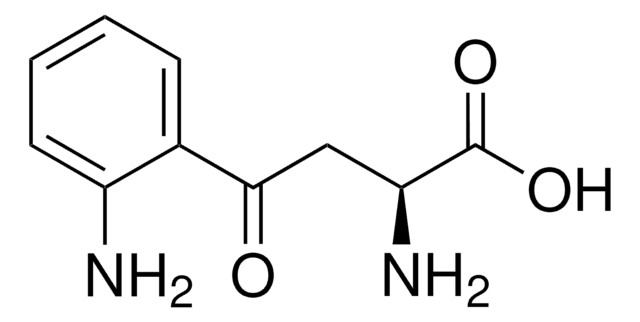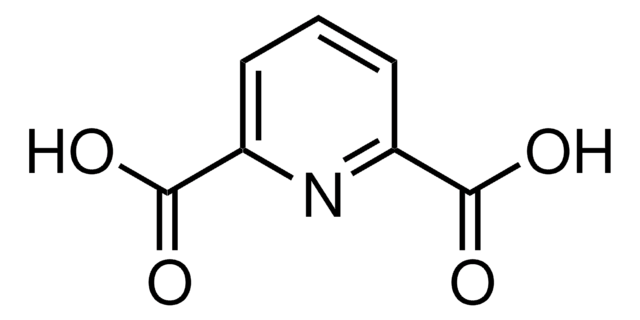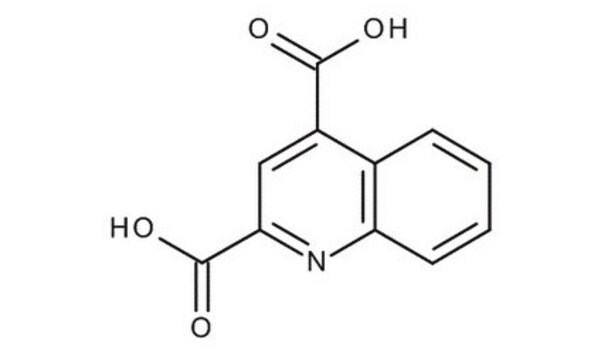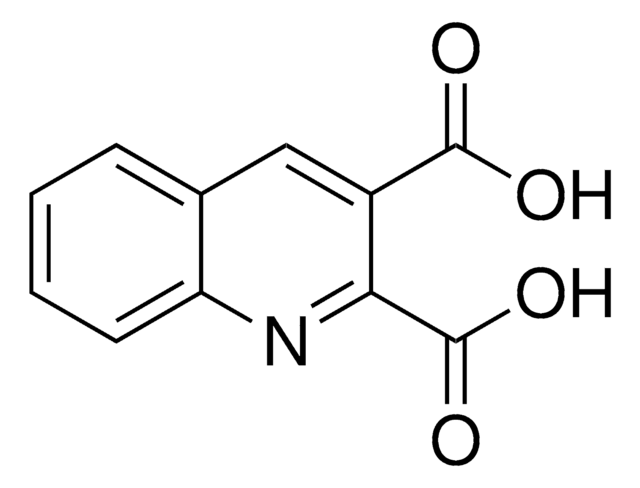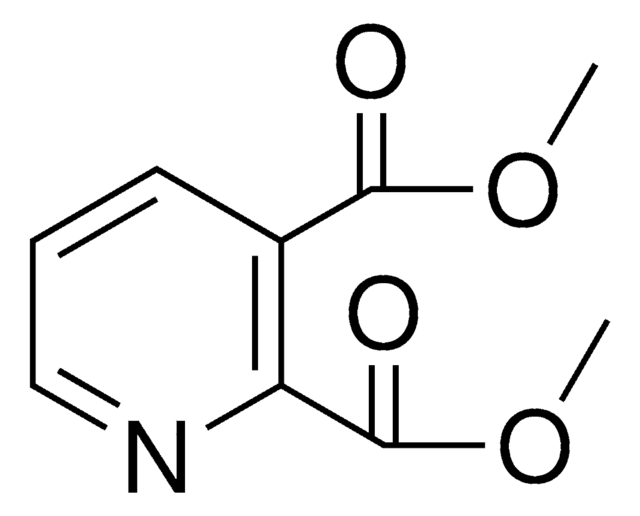P63204
2,3-Pyridinedicarboxylic acid
99%
Sinónimos:
Quinolinic acid
About This Item
Productos recomendados
Nivel de calidad
Ensayo
99%
Formulario
powder
mp
188-190 °C (dec.) (lit.)
cadena SMILES
OC(=O)c1cccnc1C(O)=O
InChI
1S/C7H5NO4/c9-6(10)4-2-1-3-8-5(4)7(11)12/h1-3H,(H,9,10)(H,11,12)
Clave InChI
GJAWHXHKYYXBSV-UHFFFAOYSA-N
Información sobre el gen
rat ... Gria1(50592) , Grin2a(24409)
¿Está buscando productos similares? Visita Guía de comparación de productos
Categorías relacionadas
Aplicación
Palabra de señalización
Warning
Frases de peligro
Consejos de prudencia
Clasificaciones de peligro
Eye Irrit. 2 - STOT SE 3
Órganos de actuación
Respiratory system
Código de clase de almacenamiento
11 - Combustible Solids
Clase de riesgo para el agua (WGK)
WGK 3
Equipo de protección personal
dust mask type N95 (US), Eyeshields, Gloves
Elija entre una de las versiones más recientes:
¿Ya tiene este producto?
Encuentre la documentación para los productos que ha comprado recientemente en la Biblioteca de documentos.
Los clientes también vieron
Global Trade Item Number
| Número de referencia del producto (SKU) | GTIN |
|---|---|
| P63204-100G | 4061834393269 |
| P63204-25G | 4061834393276 |
Nuestro equipo de científicos tiene experiencia en todas las áreas de investigación: Ciencias de la vida, Ciencia de los materiales, Síntesis química, Cromatografía, Analítica y muchas otras.
Póngase en contacto con el Servicio técnico

